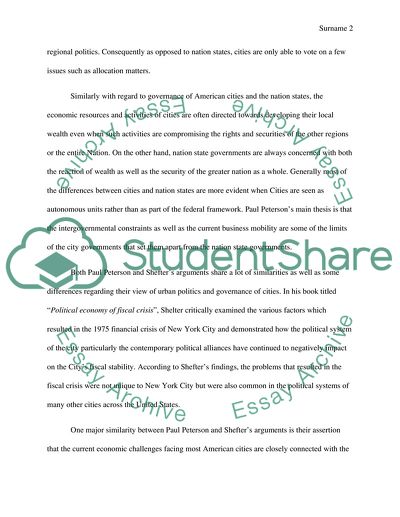Cite this document
(“Urban Politics Research Paper Example | Topics and Well Written Essays - 1750 words”, n.d.)
Urban Politics Research Paper Example | Topics and Well Written Essays - 1750 words. Retrieved from https://studentshare.org/politics/1775667-urban-politics
Urban Politics Research Paper Example | Topics and Well Written Essays - 1750 words. Retrieved from https://studentshare.org/politics/1775667-urban-politics
(Urban Politics Research Paper Example | Topics and Well Written Essays - 1750 Words)
Urban Politics Research Paper Example | Topics and Well Written Essays - 1750 Words. https://studentshare.org/politics/1775667-urban-politics.
Urban Politics Research Paper Example | Topics and Well Written Essays - 1750 Words. https://studentshare.org/politics/1775667-urban-politics.
“Urban Politics Research Paper Example | Topics and Well Written Essays - 1750 Words”, n.d. https://studentshare.org/politics/1775667-urban-politics.


